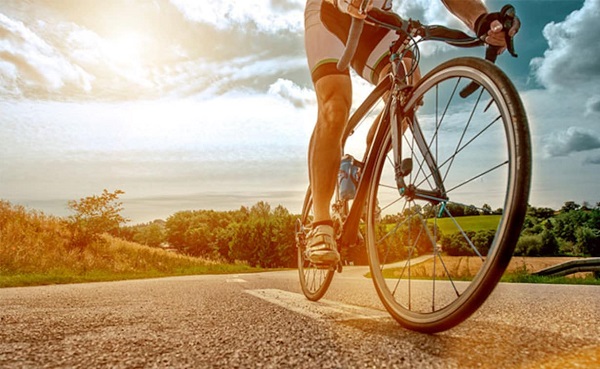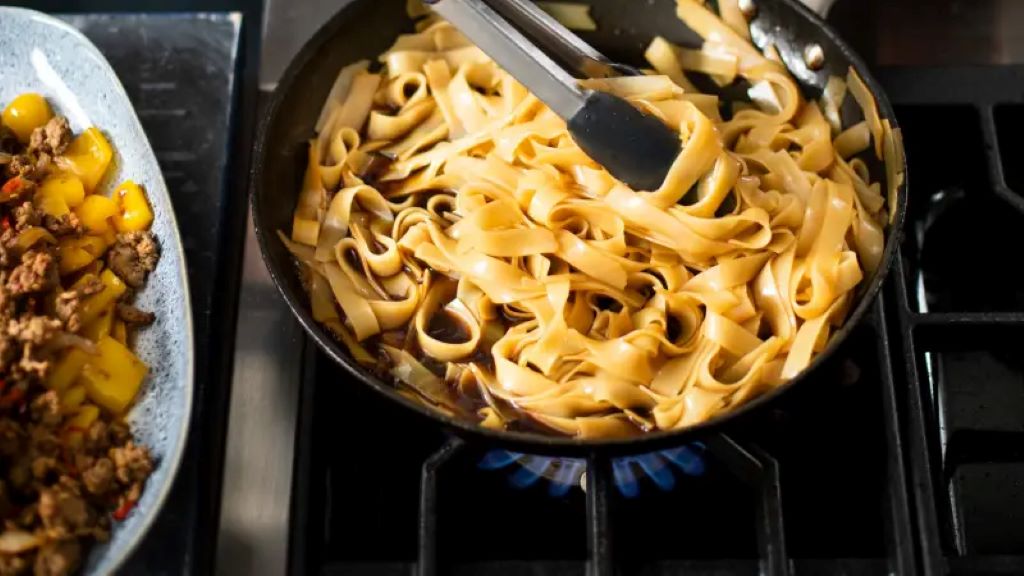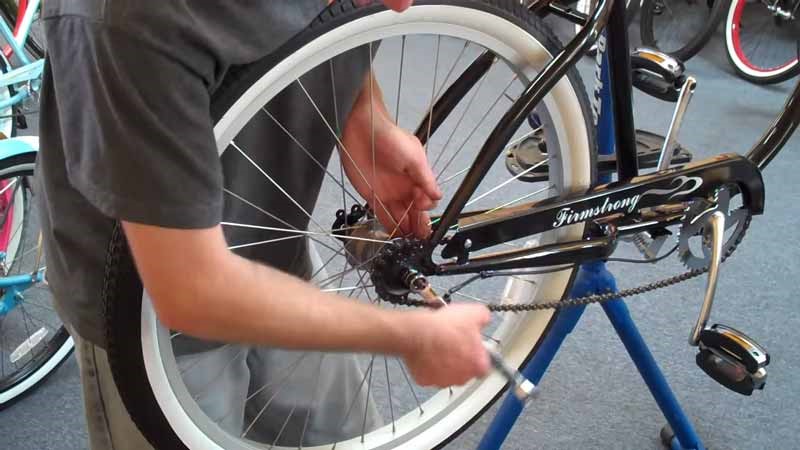Losing fat is a “mantra” of the modern world. We are continually bombarded with advertisements for zero-fat, fat-burning, fat-consuming herbal teas. Body fat is a very popular topic, yet its consumption and maintenance are often dominated by confusion, false beliefs and widespread ignorance. In this article, I will try to describe a definitive guide for the cyclist who wants to lose fat. You can ride Mongoose mountainbike.
Concept 1: Losing weight doesn’t mean losing fat

Let’s start with the main concept: Losing weight does not mean losing fat. Indeed, it is often the opposite. In fact, we must realize that the numerical value we read on the scale is a photograph of our body weight, but it is not the only indication we need to be able to lose fat properly. In fact, our body weight is determined by different constituents, which define the body composition:
Fat mass: Expressed as a percentage, it indicates the portion of body weight made up of adipose tissue, or rather fat;
Lean Mass: Also expressed as a percentage, it indicates the share of body weight made up of muscle and tendon tissue;
Water: it is the part, expressed as a percentage, of water that our body stores inside it;
Bone mass: it is the share of bone tissue (expressed in kilograms);
Let’s start by saying that bone mass has a residual influence on body weight (there are no “big bones,” they are an excuse for those who are overweight). What largely determines our body weight is hydration, i.e., how much water we store inside our body and the distribution between fat mass and lean mass.
When we start pedaling a bike and see the bodyweight go down, we must be aware that the body (at least in the first two months) is getting rid of water and lean mass and then begins to lose fat. This is because fat is a fundamental tissue for survival and at a metabolic level, it has a lower energy cost than lean mass, which is expensive to maintain. Keep reading https://greatestjournal.com/cold-weather-cycling-tips-and-tricks/
Concept 2: Being thin doesn’t mean you have little fat
Many cyclists are convinced that lean means lighter and, above all, less fat. This is not necessarily true. There is a physiological situation, jargon defined as “Skinny fat” (which we could translate as “false thin”), in which the person has a lean and lean physique, but the lean mass is not very present and the fat one is higher than the norm.
Concept 3: We don’t need BMI
An alternative used to assess one’s health and body weight is the Body mass index or body mass index, called BMI. It is a calculation that compares height and weight.
Unfortunately, the body mass index allows us to understand if we are normal weight, overweight or underweight, but it does not provide us with any indication of body composition, so it is not a useful tool. So we need to equip ourselves with a scale that also provides us with data on fat mass and lean mass and keep track of the trend. Now let’s see in detail the step by step guide to losing fat.
Step 1: Photograph the initial situation
First, we must be aware that losing fat is a long process, which will require weeks of monitoring and control. But every journey always starts from one step and in this case, the first step is to take a picture of the initial situation.
So let’s get on our scales and take note of the values of:
- Body weight;
- Percentage of lean mass;
- Percentage of fat mass;
- Waterfall;
- Bone density;
We write everything down in a notebook so that we can keep track of the evolution of our parameters. After that, we stand in front of the mirror and take a picture of ourselves in our underwear, so that we can have a real picture of our body on the day of our fat loss process.
How and when to weigh yourself?
We will then have to create a habit and weigh ourselves every week. The important thing is to do it every week, always on the same day and at the same time. My advice is to do it in the morning as soon as you wake up, after going to the bathroom but before having breakfast. After the weight, we take a picture of ourselves in order to evaluate the trend of the physiological parameters and to visually see the evolution of our body.
How to use the measuring tape?
Another very useful system to monitor the evolution of weight loss is to measure the circumference of some specific points of our body. To do this, we take a tailor’s tape measure and measure the circumference of:
- Pectorals, at the height of the nipples
- Waist, at the navel level
- Hips, at the pubic junction
- Quadriceps, in the center of the muscle (the so-called muscle belly)
Every month we measure ourselves and so we can see if we are losing fat or lean mass, as the man tends to store fat on the abdomen, the woman on the buttocks and thighs. If these two anatomical districts reduce in volume while the others remain unchanged (or even increase), it is a good sign and it means that the body has begun to lose fat. If the opposite happens, then we are sacrificing lean mass and not losing fat.
Step 2: Define how much fat we want to lose
From a health point of view, we should lose a maximum of 0.5-1 kg of fat per week, no more. Otherwise, the weight loss process is not considered natural and physiological. To achieve the fat loss of this magnitude, we must first understand that the focus is not on increasing the volume of cycling but on reducing calorie intake.
To lose fat, we must introduce an adequate caloric deficit, that is, eat less than our maintenance level. If I burn 2,000 kcal every day and ingest the same amount, I am in caloric balance. If I want to lose fat, I have to make sure that the amount of food introduced is less than that consumed. Usually, we tend to start with a calorie deficit of 500 kcal per day.
Let’s take an example based on my experience. I am 173 cm tall and weigh (February 2022) 68 kg. My average energy consumption (considering basal metabolic rate, NEAT and physical activity) is 2,300 kcal per day. If I want to lose fat, I will have to commit to eating 1,700 kcal of food per day.
Cutting calories is easier than you think
If we look at the numbers, they seem absurd to us. But let’s try to make some practical examples. Let’s assume we want to cut our daily calorie intake by 500 kcal. All we need to do is make these choices:
Eat one bar less while cycling: -240 kcal
Drink water instead of orange juice for breakfast: -110 kcal
Practicing intermittent fasting: -600 kcal
Replace the fries with a salad as a side dish: – 250 kcal
Do not sweeten the coffee (for 3 coffees a day): -120 kcal
As we can see, cutting calories (but also consuming too much) is not as difficult as we think.
Step 3: Eat right to lose fat
If we want to lose fat and not sacrifice lean mass, we need to focus on the distribution of the macronutrients we ingest. And the main macronutrient is proteins which, alas, are often little considered by endurance athletes. If we want to lose fat, we should supply our body with at least 1.5-2.2 grams of protein per kilo of body weight. Translated into quantitative terms, for me, who am 68 kg, we are talking about 150 grams of protein per day.
The protein foods that we can choose are:
- Almonds;
- Greek yogurt
- Legumes;
- Egg;
- Meat and fish;
- Protein powder (better than the isolated type and without sweeteners);
Step 4: Train to lose fat
If our ultimate goal is to lose fat, we need to be aware that we can’t just pedal. Indeed, the bicycle helps to lose weight but not to lose fat since adipose tissue is the most used tissue to support ultra-resistance activities.
Strength Training
If we want to lose weight, we need to make strength training a priority as much as our beloved bicycle. Otherwise, the risk of finding skinny fats is very high. Why is strength training so important for losing fat? For three reasons:
Strength in the body of anabolic biochemical reactions that allow the maintenance of lean mass;
It conveys the partition of nutrients towards the muscle. When we ingest food, the body has to decide whether to store it in the muscles or in the adipose tissue. Strength training causes muscles to become the main target, reducing the accumulation of fat;
Elevate resting fat consumption;
Let’s imagine this situation. There is me, who, as I said, I am 173 cm tall and weigh 68.8 kg and have a fat mass of 11.8% and I am very physically active. With a little creativity, let’s imagine that I weigh the same but have 20% fat mass but still be physically active.
As you can see, it is not the physical activity per se that makes the difference but the basal metabolism and the non-specific physical activity, i.e., NEAT (all daily movement). Having a healthy lean mass means that the daily calorie consumption is higher and above all, it is borne by the adipose tissue.
To get to this situation, we must therefore have a healthy and well-trained musculature and to do this. Unfortunately, the bike is not enough. We also need to lift weights at least twice a week. In this way, the body will not sacrifice lean mass but will prefer to consume fat at rest, thus reducing adipose tissue.




